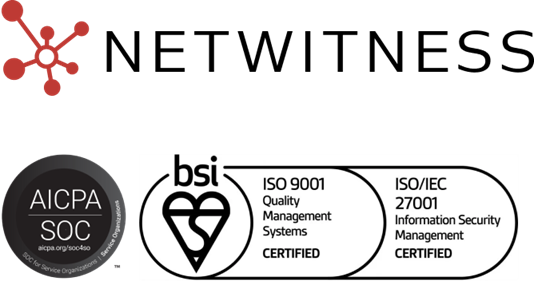What is Brand Exposure?
Brand exposure is the total footprint of your brand across the internet and cloud environments. It includes official websites, social profiles, code repositories, and any place where your name, logo, or data might appear or be imitated.
The broader the exposure, the more opportunities criminals have to impersonate your brand, launch phishing campaigns, or leak sensitive intellectual property. Monitoring and controlling this exposure are critical to keeping customer trust and meeting compliance requirements.
Synonyms
- Brand Awareness
- Brand Visibility
- Brand Identification
- Brand Recognition
Why Brand Exposure Matters
Uncontrolled exposure creates significant risk:
- Reputation Damage – Fake websites or typo-squatted domains confuse customers and weaken brand recall.
- Data Breaches – Compromised email or misconfigured cloud storage can reveal sensitive information.
- Revenue Loss – Counterfeit products or phishing scams divert customers and payments.
- Regulatory Penalties – Public data leaks can trigger privacy violations and fines.
Protecting brand exposure means protecting the trust that fuels legitimate brand awareness.
How Attackers Exploit Brand Exposure
Common tactics include:
- Email Breaches: Accessing inboxes to harvest data and run phishing campaigns.
- Cloud Storage Gaps: Exploiting public or poorly governed storage buckets.
- Typo-Squatted Domains: Creating URLs with minor misspellings to trick users into clicking.
- Code Repository Leaks: Pulling proprietary code uploaded to public repos.
- Expired Domains: Registering lapsed domains for scams or malware.
- Subdomain Takeovers: Hijacking inactive or misconfigured subdomains.
Best Practices to Reduce Exposure
- Continuous Monitoring: Track domains, social profiles, and marketplaces for misuse.
- Domain Management: Lock and renew domains promptly; watch for look-alike registrations.
- Email Security: Enforce DMARC, SPF, and DKIM to block spoofing.
- Secure Development: Scan repositories and enforce strict access controls.
- Cloud Hygiene: Apply least-privilege access and strong credential policies.
These steps help ensure that any increase in brand awareness reflects a secure, authentic brand.
Related Terms & Synonyms
- Branding Exposure: The overall risk of a brand’s identity or assets being misused online or in digital marketplaces.
- Digital Brand Risk: The collection of cybersecurity threats (phishing, domain hijacking, data leaks) that directly target brand reputation and customer trust.
- Online Brand Presence: Every legitimate appearance of a brand on the internet, which, if not monitored, can be cloned or spoofed by attackers.
- Brand Awareness: Understanding and tracking where the brand is mentioned or displayed online to catch impersonation early.
- Brand Recall: The familiarity customers have with a brand, which criminals exploit to make phishing sites or fraudulent emails appear credible.
- Measuring Brand Awareness: Using monitoring tools to quantify and evaluate the visibility and potential vulnerability of a brand across digital channels.
- Brand Impersonation: A direct attack in which threat actors mimic a brand’s identity to deceive users or steal data.
- Domain Spoofing: Registering or faking a domain name to look like a legitimate brand website for phishing or malware delivery.
NetWitness provides continuous monitoring and advanced threat detection to uncover domains, code repositories, and cloud assets that expand brand exposure. Its analytics and response capabilities help organizations detect impersonation attempts early, protect customer trust, and maintain a secure, credible brand presence.
People Also Ask
1. What is brand awareness?
In cybersecurity, it means knowing where and how your brand appears online so you can detect and block impersonation.
2. What is brand recall?
The ease with which customers remember a brand – something attackers exploit when creating convincing phishing or spoofed sites.
3. How long does it take to build brand awareness?
For marketing, it can take months or years. From a security perspective, attackers can exploit exposure immediately, so monitoring must be continuous.




